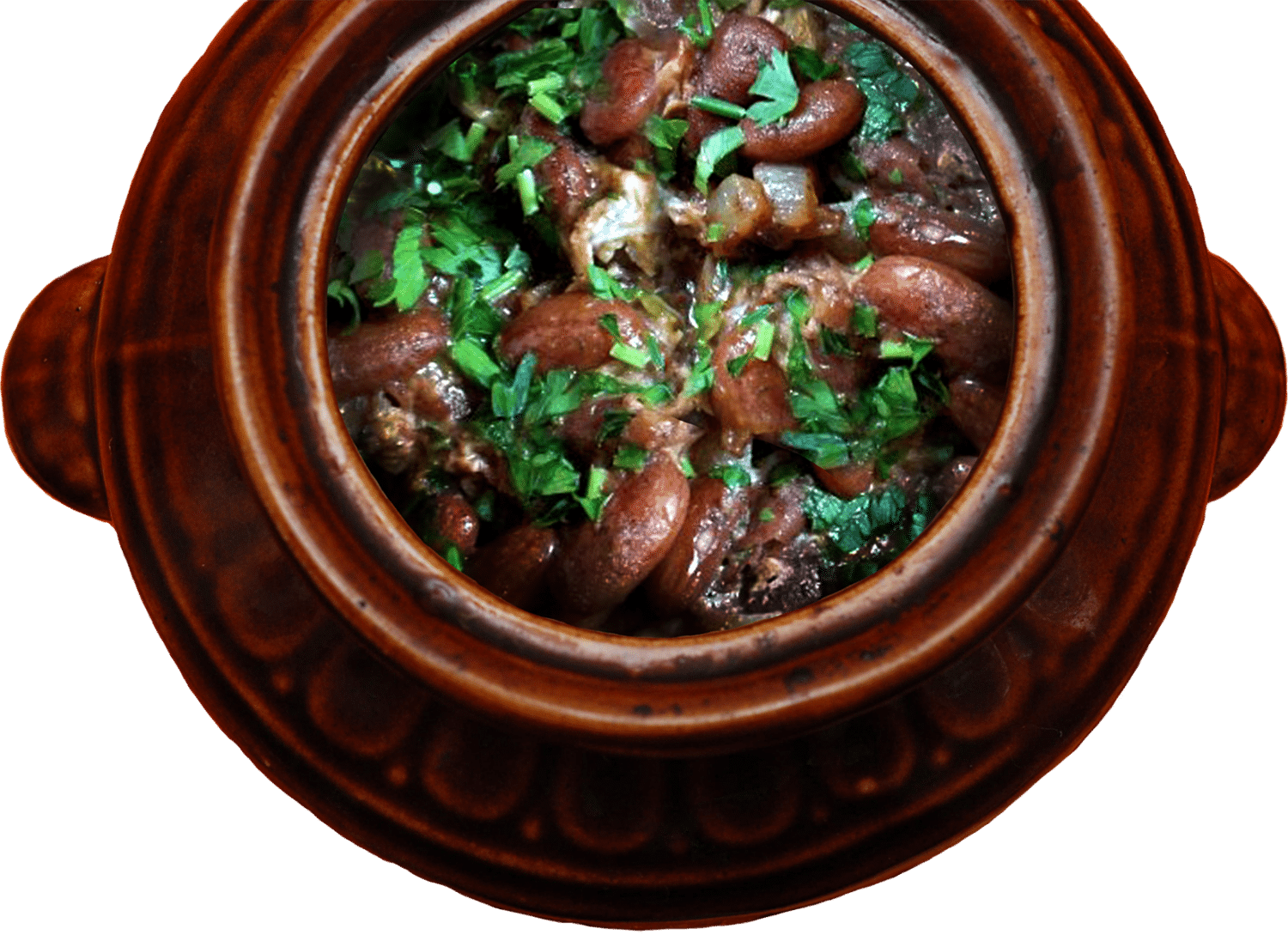 The following is an excerpt from “Лобио, сациви, хачапури, или Грузия со вкусом“ (Lobio, Satsivi, Khatchapuri, or Georgia with Taste) by Tinatin Mzhavanadze, a best-selling cookbook author in Georgia. It has been translated and adapted by Dr. Michael Denner of Stetson University in Florida.
The following is an excerpt from “Лобио, сациви, хачапури, или Грузия со вкусом“ (Lobio, Satsivi, Khatchapuri, or Georgia with Taste) by Tinatin Mzhavanadze, a best-selling cookbook author in Georgia. It has been translated and adapted by Dr. Michael Denner of Stetson University in Florida.
History and Preparation of Lobio
Dr. Michael Denner: Lobio (ლობიო, лобио) means “beans” (including green or broad beans) in Georgian and does not refer to a particular dish. However, the word has been adopted from Georgian into many other languages to refer to the Georgian bean stew that spread throughout the Former Soviet Union and is still widely prepared in the states that were formed from it. The recipe below makes a salad from dried bean seeds (kidney beans), and is meant to be served, like so many dishes in the Georgian repertoire, at room temperature. In Georgia, this dish would probably be made with kvatsarakhi, a concentrated form of the national condiment, tkemali. But any red or white wine vinegar works great, too! (So would a good apple cider vinegar.)
SRAS: Sometimes in translation the audience itself must be translated. In other words, things that are common knowledge for one cultural group will need to be explained in detail for another. For the original meaning of a text to come across in translation, then, sometimes strict translation must be abandoned and a looser, more adaptive style is needed. Below, many such adaptations have been applied. Measurements have been converted – including the common Georgian measurement of “a knife tip,” meaning the amount of spice that will fit on the end of a kitchen knife, with similar measurements more familiar to American readers. Also interesting is the addition of “pomegranate seeds” to the list of ingredients on the English side. Although included in the recipe instructions in the original, it doesn’t show in the original list of ingredients. The original was written for Georgian cooks in Georgia, who will almost certainly have a pomegranate on hand if cooking anything – as pomegranate seeds garnish a vast array of Georgian dishes. Considerably more detail has been added to the instructions as well – again, mostly filling in for where common knowledge usually prevails for the original audience. Much as in the Georgian tradition, the original recipe here has been used a solid guideline – and the final product is to the liking of the chef. Keep this in mind as you cook and, most importantly, enjoy!
Lobio Recipe
(Давай приготовим!)
| Tinatin Mzhavanadze (as translated and adapted from the Russian by Dr. Michael Denner): | Tinatin Mzhavanadze (original text): |
| Every fall, my mother dries all sorts of garden bounty. The inspiring spectacle of bright colors, colorful blooms, gentle shapes, intoxicating scents… With all the different kinds of beans she grows, you could create paintings, and not just some sort of primitive modernist sketch, but a painting worthy of Rembrandt. The beans come in every conceivable size, color, and shade. I remember once seeing gigantic, jet black beans… I cannot imagine what recipe you’d make with them!
That said, the large dark-red kidney beans are my go-to bean: They keep their shape and color when boiled, and they look great in cold appetizers, of course predictably served with walnuts! |
У моей мамы по осени сушатся всякие дары природы и ее огородных трудов: это такое умиротворяющее зрелище, краски яркие, расцветки пестрые, очертания плавные, запахи одуряющие. А из разных сортов лобио можно выкладывать картины, причем не какой-то примитивный авангардизм, а что-нибудь из фламандцев: есть все мыслимые размеры, цвета и оттенки. Один раз были даже антрацитово-черные гигантские фасолины – и что из них готовить, непонятно!
Зато крупная красная фасоль всегда при деле: при варке сохраняет форму и цвет и очень хорошо смотрится в холодной закуске – естественно, с грецкими орехами. |
Ингредиенты
|
Ingredients
|
Приготовление
|
Preparation
|
| Books You May Like | |||
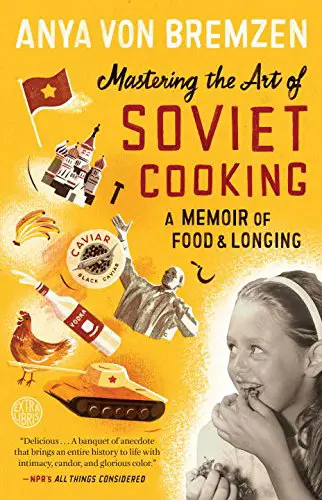 |
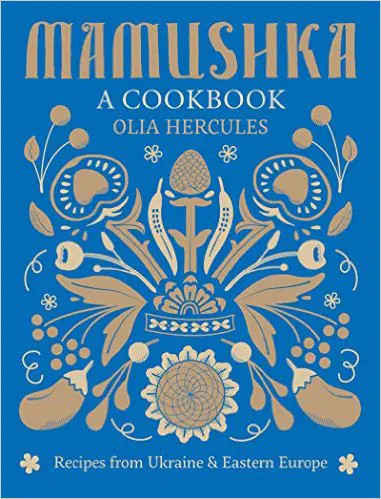 |
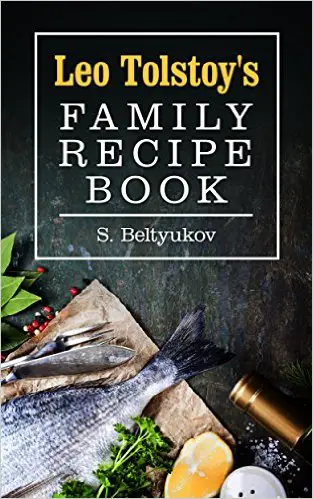 |
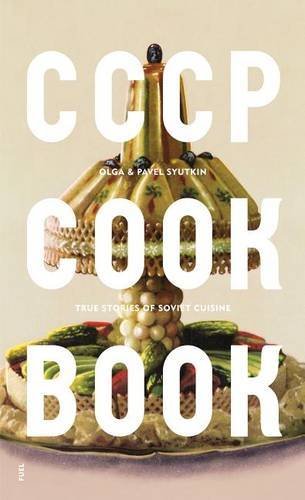 |
Our Favorite Lobio Videos
Russian celebrity chef Yulia Vysotskaya cooks lobio.
A fairly long and opinionated piece on how to “understand the principles” of lobio.
You Might Also Like
The Talking Phrasebook Series presents useful phrases and words in side-by-side translation and with audio files specifically geared to help students work on listening skills and pronunciation. Each entry below, divided by category, features an English word or phrase in the left column and its Georgian translation in the right. The Georgian is presented in […] Georgian holidays strongly reflect the country’s unique traditions and its demographics. First, as more than 80% of Georgians identify with the Georgian Orthodox Church, the strong influence of the church can be felt in the preponderance of Orthodox holidays. Georgia also has several holidays celebrating its statehood and independence, which have been hard-won. We can […] Fruit leather is simple, ancient food. Like bread and roasted meat, it likely independently evolved in several places. At its most basic, it is simply mashed fruit smeared to a sheet and left to dry in the sun. The result is a flavor-intensive food that travels well and can keep for months. The oldest known […] This guide to travel in Georgia is tailored for Jewish-American university students preparing to study abroad in Georgia. We navigate the historical depth and modern vibrancy of Jewish life in this culturally rich country. Discover key historical sites, engage with local Jewish communities, and find practical tips on maintaining kosher practices and observing Shabbat while […] Despite their cloistered livelihood, nuns have found their way into many veins of popular theater and movies. However, their usual depiction, wearing black habits with a veil and carrying a rosary, is not accurate for all nuns. It is true that the symbolic meaning of the habit is consistent across both Catholic and Eastern Orthodox […]
The Talking Georgian Phrasebook

Georgian Holidays 2025: A Complete Guide
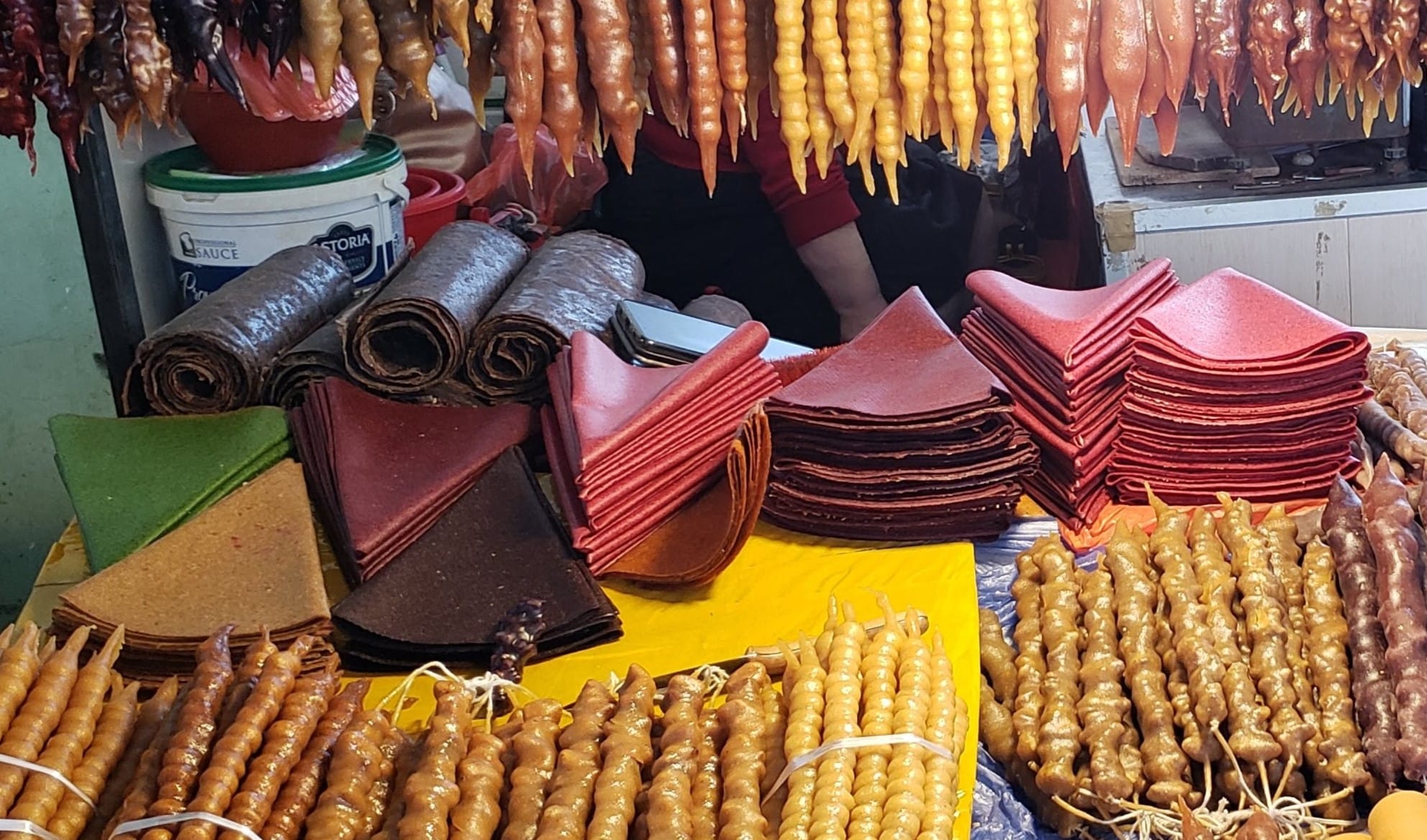
Tklapi, Pastegh, Lavashak: One Ingredient Fruit Leather from the Caucasus
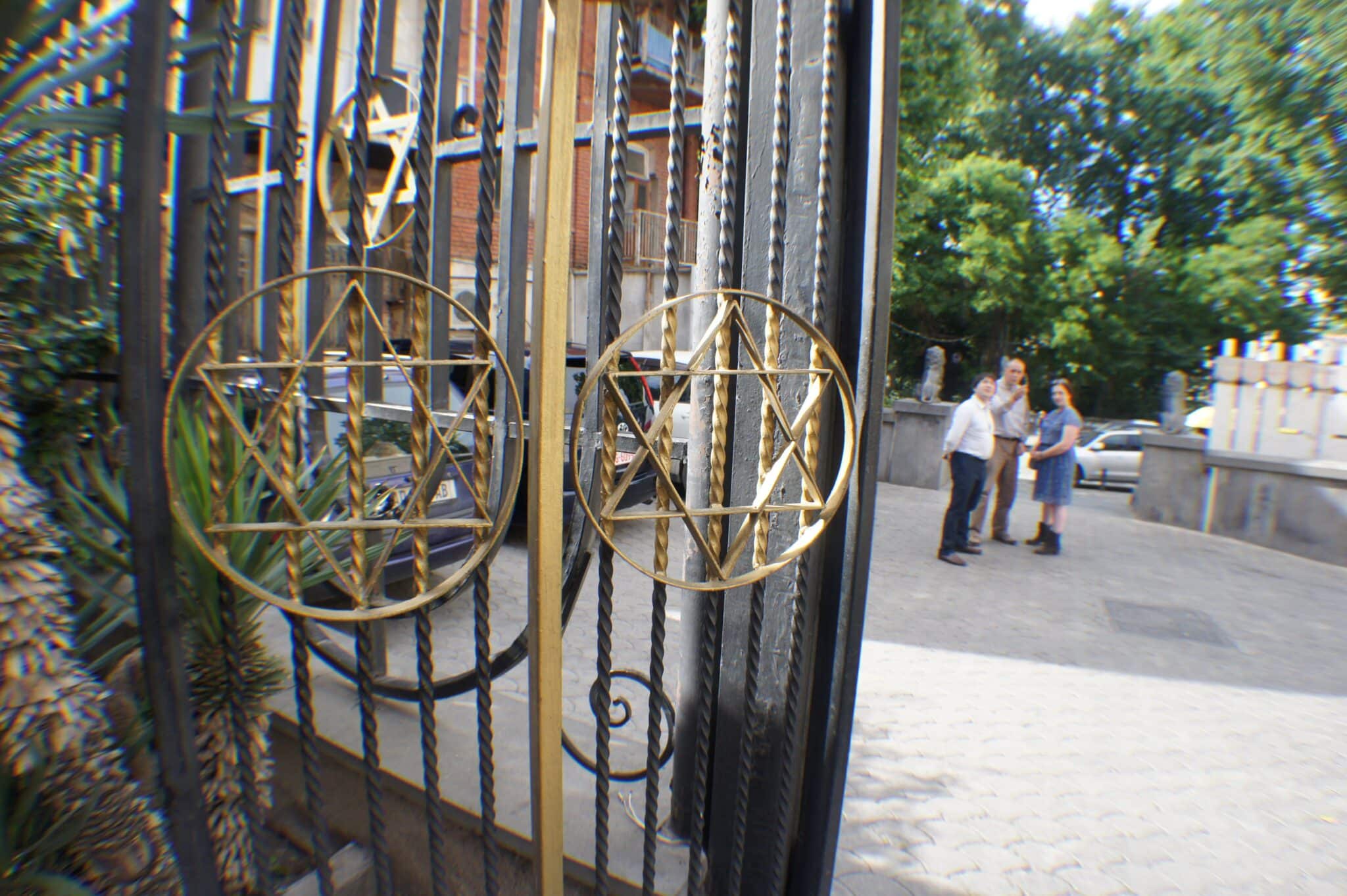
Jewish Georgia: A Brief History and Guide
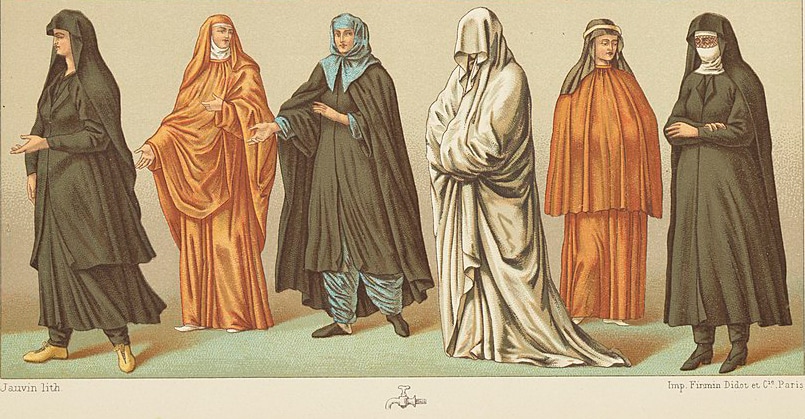
The Habits of Nuns in Catholic and Orthodox Traditions

